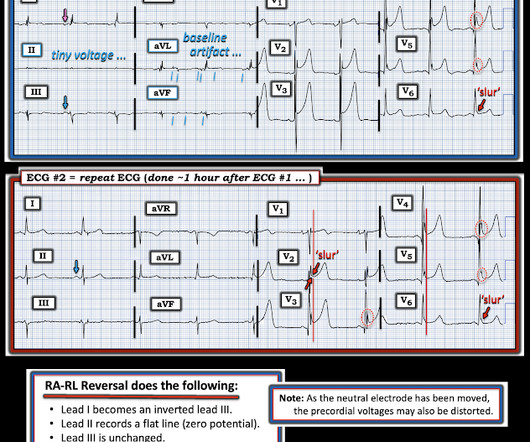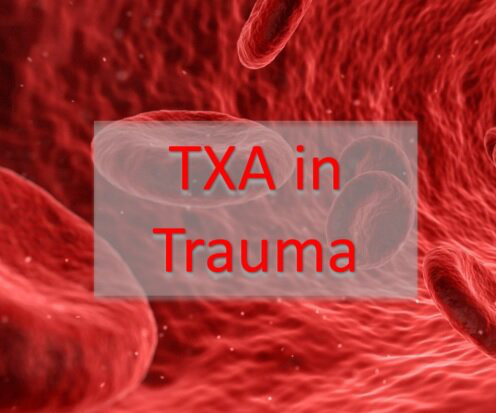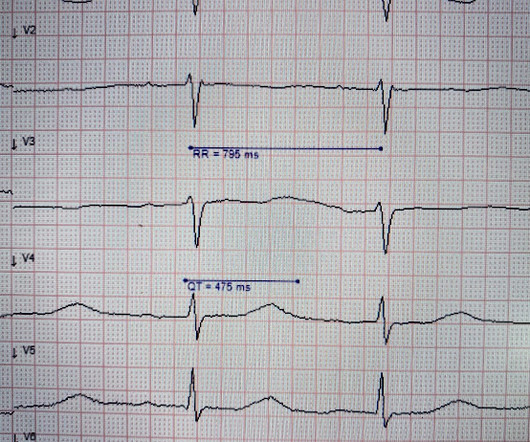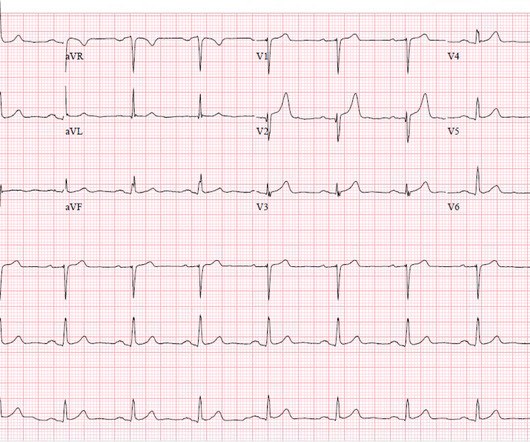52 in 52 – #38: Thrombolysis Guided by Perfusion Imaging up to 9 Hours after Onset of Stroke
EMDocs
JUNE 8, 2023
This week we cover the EXTEND trial looking at thrombolysis up to 9 hours after stroke onset. and 9 hours after onset of symptoms, with non-infarcted brain tissue, does the administration of alteplase improve functional outcome at 90 days? Intervention: Alteplase 0.9 in alteplase group versus 0.9% to 53.54, p=0.053).





























Let's personalize your content